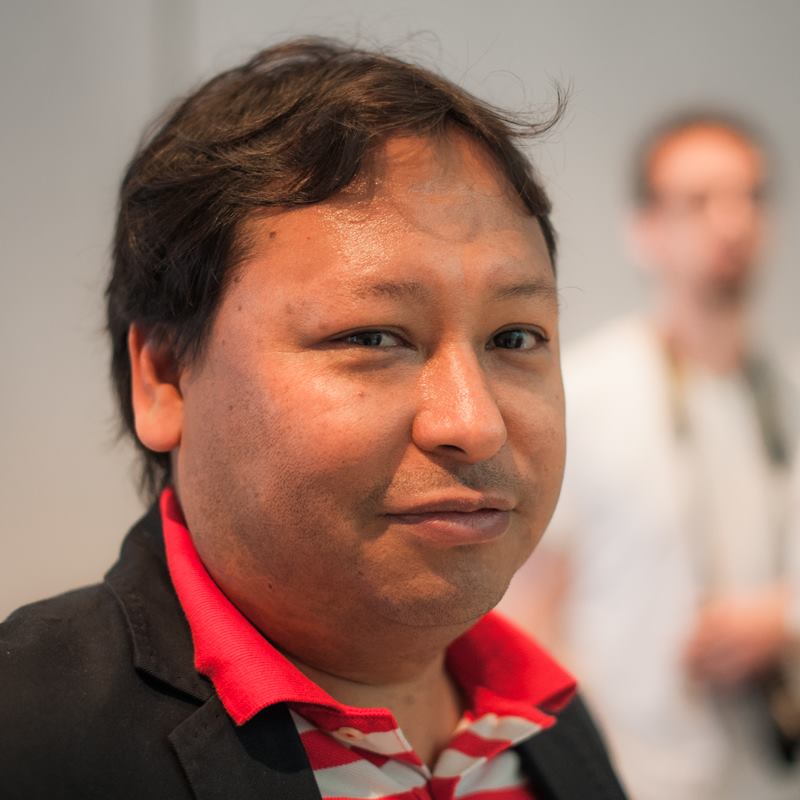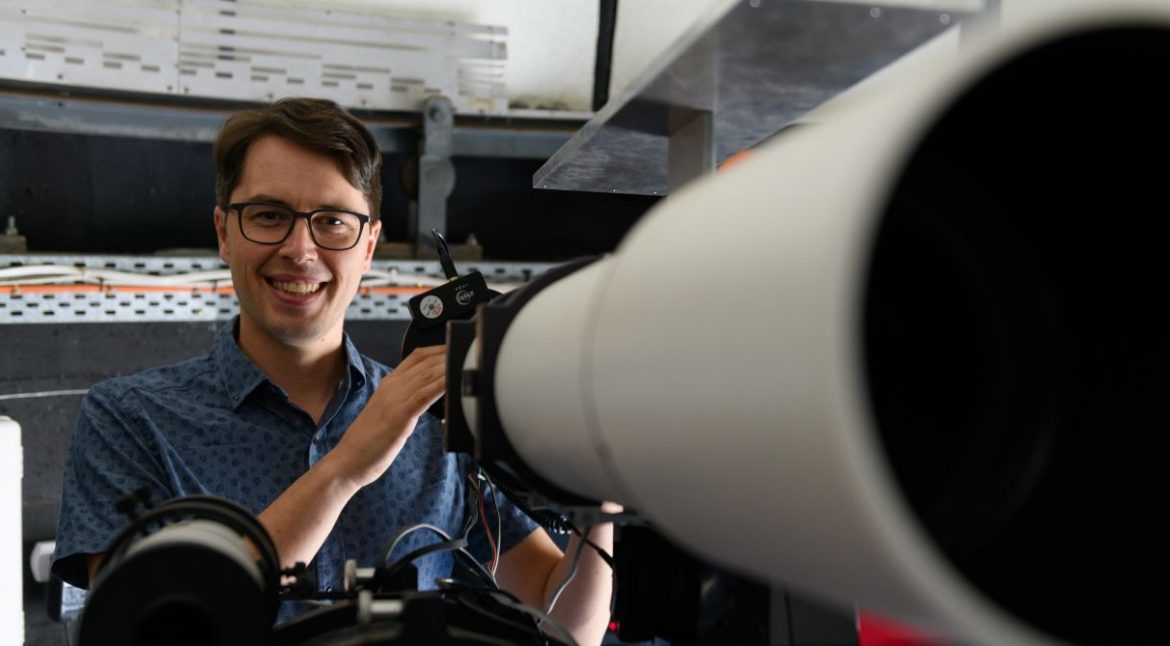Gamma-rays are the most energetic form of light in the universe, existing at the complete opposite end of the electromagnetic spectrum to radio waves. They are produced by extreme objects and events, like pulsars and supernovas, or by the merger of two black holes.
The highest energy gamma-rays are difficult to detect directly, however we can observe them indirectly because of the way they interact with matter. Upon entering the Earth’s atmosphere, gamma-rays produce ‘showers’ of high-energy particles. These particles create a very faint blue flash which astronomers observe using highly sensitive detectors. It is easier to observe these flashes in bodies of water, hence the decision to use Aquamate’s water tanks for the SWGO.
As the blue flash is very faint, Aquamate needed to design the SWGO water tanks to be completely light-tight. Cleverly, Aquamate found ways to change their design, making sure the tanks (originally leak-proof) were now also 100% light-proof, allowing no other light source to pollute the detections. The materials were also designed to make transportation and assembly as easy as possible, as the shipping crates had to be hauled over mountains to reach remote observatory sites in South America and the tanks put together using only basic tools.
Throughout the course of the collaboration, Aquamate CEO Danny Di Iorio said he enjoyed working closely with Dr Bellido Caceres to understand these and many other scientific requirements. “Working with clever people to solve some complicated problems – after 20 years building water tanks, this has been a really different and interesting project for Aquamate. After more than 20 years of designing, manufacturing and installing water storage tanks, I never expected to be supplying infrastructure for a cutting-edge gamma-ray observatory in South America!”
He also reflected that working with science is very different to working with industry. “In industry, the decision has already been made – a customer needs water tanks and we supply them. With science, it’s a different approach; you’re collaborating to come up with a technical, bespoke solution.”
For more information, see The University of Adelaide’s news story, Water tanks: windows to southern sky’s soul.






